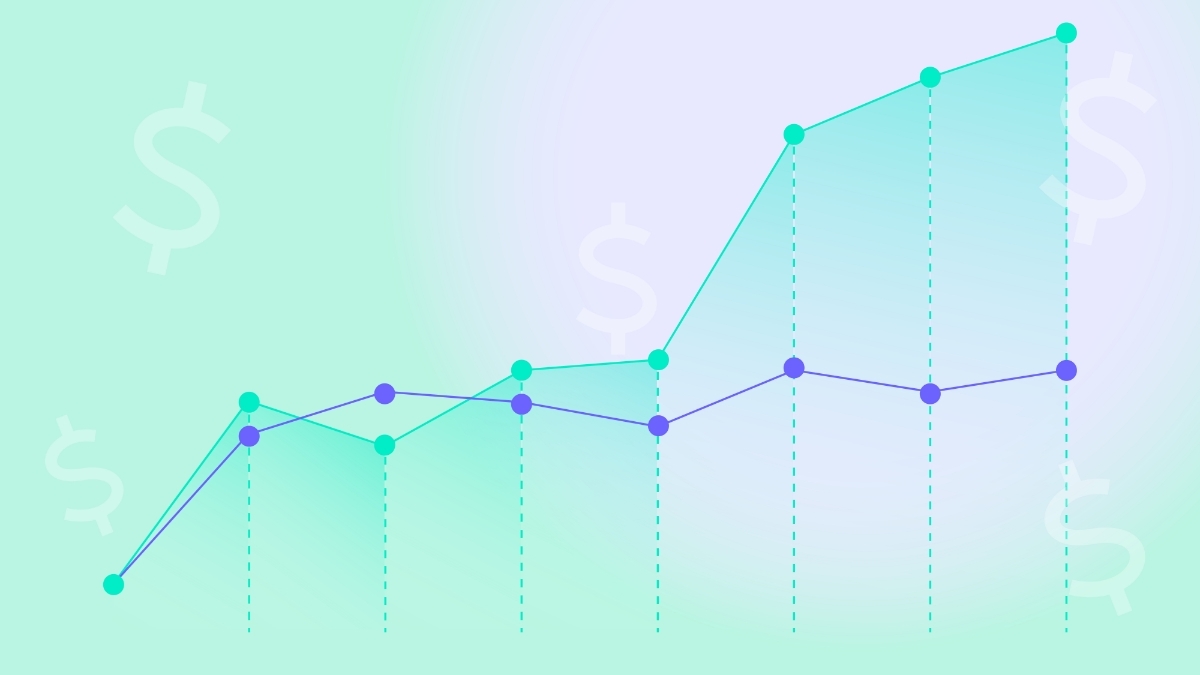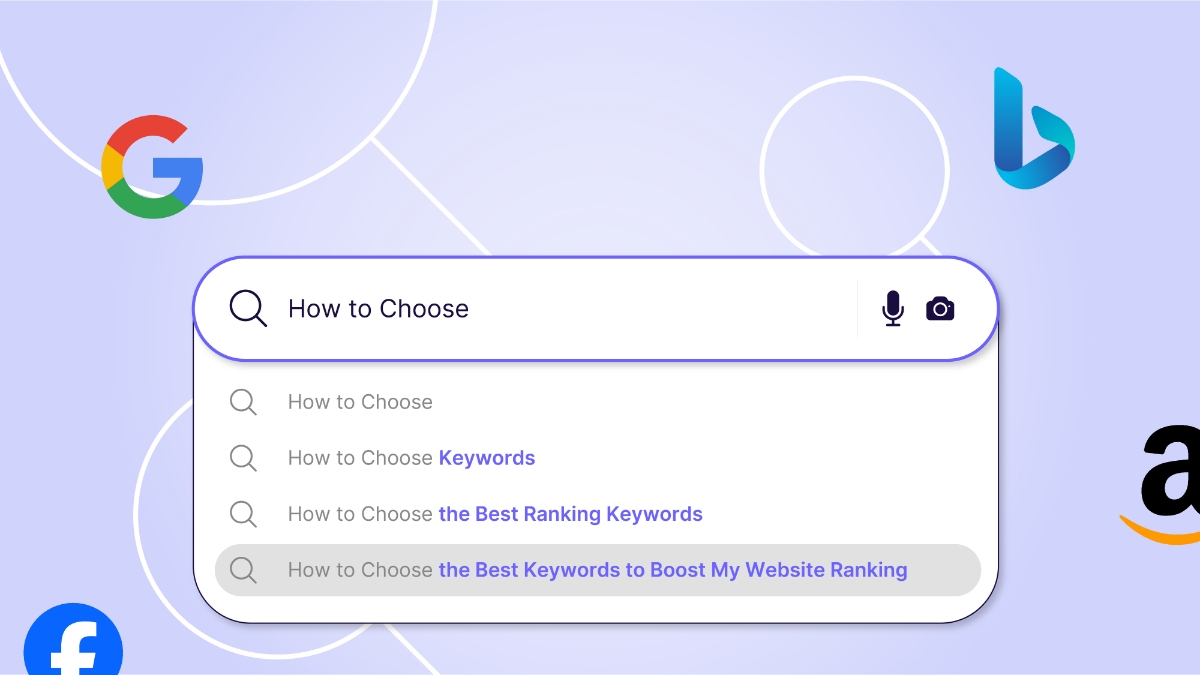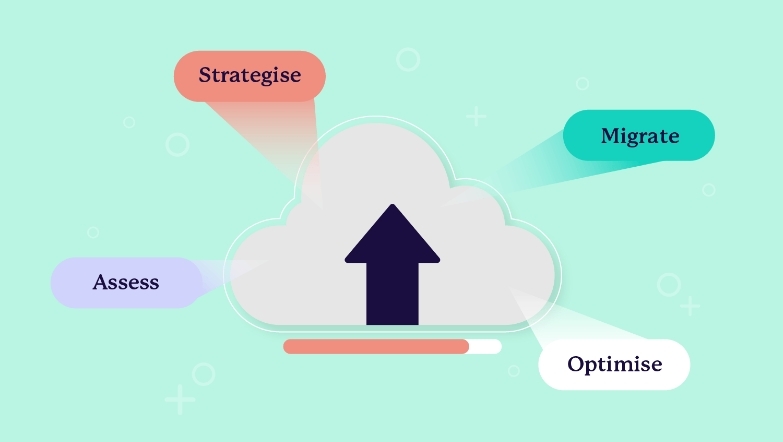So you’ve got the store up and running. You’ve found your first wave of customers. Now the big question: How do you scale?
What additional channels do you add? When do you hire an eCommerce manager? How do you automate, so you’re not working in the business forever but on the business?
In this article we’ll walk through a roadmap for Australian small-to-medium eCommerce businesses looking to scale — with practical strategies, local-market insights and KPI focus.
Understand Your Baseline: What’s Working and What’s Not
Before you press the accelerator, you need clarity. Ask yourself:
- Which marketing channels are delivering the most traffic and sales right now? (Google Ads, Meta/Instagram, organic SEO, marketplaces like Amazon AU or eBay Australia)
- What’s your current conversion rate (visitors → orders)? And how does that compare with industry benchmarks for Australian eCommerce?
- What’s your average order value (AOV) and repeat-purchase rate?
- What are your fulfilment/shipping costs, returns rate, other overheads?
These metrics become your “scaling foundation”. Without knowing the baseline, you won’t know which levers to pull.
Australia’s geography and shipping logistics raise costs and delivery time vs other markets. Your fulfilment and shipping metrics matter more than many overseas-based stores.
Add (or Expand) Marketing Channels Strategically
Once you know your current performance, you’re ready to open up new growth channels. Some good options are:
- Organic + SEO growth. If your store is still relying heavily on paid ads, build out your long-tail keyword strategy (target “buy [product] Australia”, “fast shipping [product] Sydney/Brisbane”, etc).
- Paid social and retargeting. Use Meta/Instagram, TikTok for product discovery. Retarget visitors with dynamic ads (especially for higher-AOV items).
- Marketplaces. Selling via Amazon AU, eBay Australia or other Australian marketplaces can expose you to new audiences.
- Email and loyalty. Don’t forget retention: email flows (welcome, post-purchase, win-back) and loyalty programmes drive repeat buys and reduce cost-per-acquisition.
- Australia-specific partnerships. Collaborate with Aussie influencers, local micro-brands, or cross-promote with “made-in-Australia” credentials (which carry value).
- International expansion (optional). If domestic is saturated and fulfilment/logistics are sorted, consider exporting to NZ, SE Asia or US markets—but only if you have capacity and margin.
Channel prioritisation rule: Start 1-2 new channels at a time, measure results for 60-90 days, then scale the winning ones. Don’t spread yourself too thin.
Automate & Outsource the Repetitive Work
When scale picks up, the trap is you get buried in operational tasks: inventory updates, shipping labels, customer queries, returns, reporting. That’s where automation and outsourcing come in as game-changers.
Automation checklist:
- Integrate your store with your fulfilment partner or courier API so shipping labels, tracking updates, and dispatch notifications happen automatically.
- Automate email flows: welcome series, abandoned cart, thank-you + review request, win-back campaigns.
- Use inventory/stock management tools to prevent oversells, manage multi-channel stock (online store + marketplaces).
- Connect your analytics (Google Analytics + eCommerce events) so you’re measuring funnel drop-off, channel performance, product returns.
- Use chatbots or a tiered customer-service model: script common FAQs (size charts, shipping info) and escalate only complex queries.
Outsourcing & hiring suggestions:
- Start by outsourcing discrete tasks (e.g. fulfilment, bulk email campaign design, bookkeeping).
- Consider a fractional or part-time eCommerce manager once you hit a threshold (see section 4).
- Outsource design/dev support so your in-house team (or you) focus on strategy, not plugin updates or pixel tagging.
Hire an eCommerce Manager (When to Hire and What to Look For)
When is the right time to bring in someone to manage, optimise and grow the store? Here are some trigger points and role-definition advice.
Trigger points:
- You’re consistently processing hundreds of orders per week (or monthly revenue is hitting 6-figures) and you find yourself spread too thin.
- You’re launching multiple channels (e.g. paid social + Amazon + email retention) and you need someone to coordinate and optimise them.
- Customer service, fulfilment or returns are taking too much time and your response time is slipping.
- You’ve identified profitable growth channels but you don’t have bandwidth to scale them or optimise further.
What the role should cover:
- Channel-growth strategy: pick, prioritise, test and scale new marketing channels.
- KPI tracking and reporting: own conversion rate, AOV, repeat purchase rate, channel ROI, customer lifetime value (LTV).
- Automation & tool stack management: ensure integrations, tech stack, and workflows are working.
- Operational coordination: liaise with fulfilment/logistics, customer service, and external vendors.
- Budgeting and forecasting: set growth targets, cost of acquisition (CAC) targets, margin targets.
Hiring mode:
- At first you might hire a fractional eCommerce manager or growth consultant (for 10-20 hours/week) rather than someone full time.
- When the role becomes full-time (i.e. you’re relying on them, treating the role as strategic), you promote or hire in-house.
- Don’t hire too early: if your store is under $250k-$500k annual revenue (approx), you might still benefit most from outsourcing or part-time support.
Set the Right KPIs and Growth Targets
Scaling without measurement is risky. Here are key metrics you should monitor (and improve) as you scale:
- Traffic by channel – track number of sessions/orders from each marketing source.
- Conversion Rate (CR) – visitors → orders. Benchmark for online retail in AU is typically ~1-3% (varies by vertical).
- Average Order Value (AOV) – higher AOV = more margin and more buffer for ad spend.
- Customer Acquisition Cost (CAC) – how much you spend to get a new customer.
- Customer Lifetime Value (LTV) – how much a customer will spend with you over time.
- Repeat Purchase Rate – % of customers who buy again (aim for improving this each year).
- Gross Margin – product cost + shipping + returns + marketing costs subtracted from revenue.
- Fulfilment/Return Costs – shipping delays or jammed logistics can erode margins quickly.
- Profitability & Cash-flow – ensure growth isn’t just revenue but sustainable margin-based growth.
Because of higher shipping costs, return logistics and smaller population size in Australia compared to the US, your break-even CAC is likely higher and retention is arguably more important. So focus heavily on LTV/CAC ratio (> 3:1 is a common rule of thumb) and improving repeat purchase behaviour.
Your 90-Day Scaling Plan
Here’s a simple 90-day action plan you can apply in your business:
Days 0-30:
- Audit your current metrics (traffic, CR, AOV, margin)
- Identify one under-performing channel and one new channel with potential
- Choose an automation or integration to implement (e.g., shipping label automation, email welcome + abandoned cart flow)
Days 30-60:
- Test the new channel with a small budget/effort; measure results
- Optimise conversion rate on existing site: product page improvements, faster checkout, better mobile UX
- Begin outsourcing one operational task (returns processing, FAQ chatbot, etc)
Days 60-90:
- Review test channel: if results are good, scale it; if not, iterate or pivot
- Confirm if you have enough workload and complexity to hire a fractional eCommerce manager or growth consultant
- Set quarterly growth targets: e.g., +20% traffic, +10% conversion rate, +15% repeat purchase rate
Scale Smarter with Systems That Grow With You
Scaling an eCommerce business in Australia requires strategy, measurement, and operational readiness. The store launch was just step one. Now, it’s about refining your sales funnel, introducing new channels selectively, and implementing systems that can handle increased volume without adding unnecessary complexity.
Invest in the right technology, automation, and integrations early — from inventory and fulfilment management to checkout optimisation and reporting — so growth doesn’t overwhelm your team. By building infrastructure that supports both your people and processes, you can scale sustainably, maintain high customer satisfaction, and focus on strategic decisions rather than getting bogged down in daily operations.
Ready to scale your eCommerce store?
If you’d like help auditing your tech stack, streamlining your operations, or implementing automation tools that support sustainable growth, contact us today to explore how we can help your business scale efficiently. Let’s make your store not just survive, but grow smarter.








